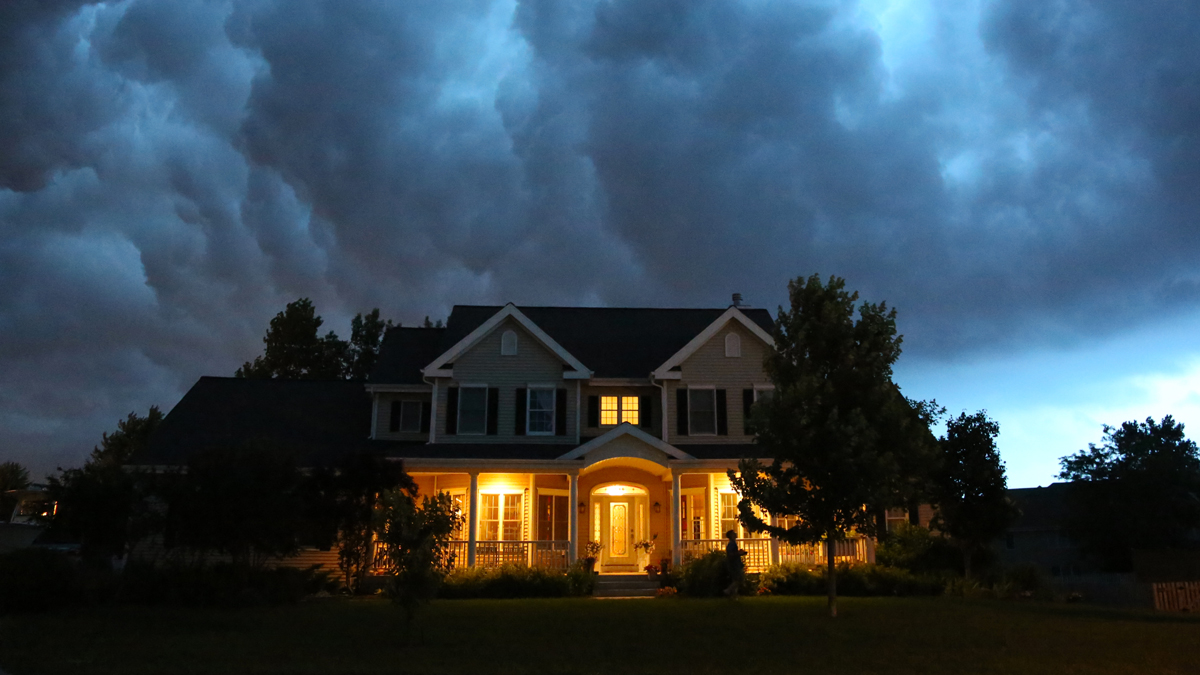on
Shelter in place means finding a safe location indoors and staying there until you are given an “all clear” or told to evacuate. You may be asked to shelter in place because of an active shooter; tornado; or chemical, radiological, or other hazard.
If local officials tell you to “stay put,” act quickly. Listen carefully to local radio or television stations for instructions, because the exact directions will depend on the emergency situation. In general you should:
- Get inside. Bring your loved ones, your emergency supplies, and when possible, your pets,
- Find a safe spot in this location. The exact spot will depend on the type of emergency,
- Stay put in this location until officials say that it is safe to leave.
Stay in Touch
Once you and your family are in place, let your emergency contact know what’s happening, and listen carefully for new information.
- Call or text your emergency contact. Let them know where you are, if any family members are missing, and how you are doing.
- Use your phone only as necessary. Keep the phone handy in case you need to report a life threatening emergency. Otherwise, do not use the phone, so that the lines will be available for emergency responders.
- Keep listening to your radio, television, or phone for updates. Do not leave your shelter unless authorities tell you it is safe to do so. If they tell you to evacuate the area, follow their instructions.
Sealing a Room
In some types of emergencies, you will need to stop outside air from coming in. If officials tell you to “seal the room,” you need to:
- Turn off things that move air, like fans and air conditioners,
- Close the fireplace damper
- Get yourself and your loved ones inside the room,
- Bring your emergency supplies if they are clean and easy to get to
- Block air from entering the room, and
- Listen to officials for further instructions.
Once officials say the emergency is over, turn on fans and other things that circulate air. Everyone should go outside until the building’s air has been exchanged with the now clean outdoor air. For more details, read FEMA’s Guidelines for Staying Put.
How to prepare to shelter in place in event of a Chemical attack or Leak
Choose a room in your house or apartment for the shelter. The best room to use for the shelter is a room with as few windows and doors as possible. A large room with a water supply is best—something like a master bedroom that is connected to a bathroom. For most chemical events, this room should be as high in the structure as possible to avoid vapors (gases) that sink. This guideline is different from the sheltering-in-place technique used in tornadoes and other severe weather and for nuclear or radiological events, when the shelter should be low in the home.
You should not try to shelter in a vehicle unless you have no other choice. Vehicles are not airtight enough to give you adequate protection from chemicals.
You might not be at home if the need to shelter in place ever arises, but if you are at home, the following items, many of which you may already have, would be good to have in your shelter room:
- First aid kit
- Flashlight, battery-powered radio, and extra batteries for both
- A working telephone
- Food and bottled water. Store 1 gallon of water per person in plastic bottles as well as ready-to-eat foods that will keep without refrigeration in the shelter-in-place room. If you do not have bottled water, or if you run out, you can drink water from a toilet tank (not from a toilet bowl). Do not drink water from the tap.
- Duct tape and scissors.
- Towels and plastic sheeting (heavier than kitchen wrap). You may wish to cut your plastic sheeting to fit your windows and doors before any emergency occurs.
Seal the room by taping plastic over any windows in the room. Use duct tape around the windows and doors and make an unbroken seal. Use the tape over any vents into the room and seal any electrical outlets or other openings.
Staying Put in Your Vehicle
In some emergencies it is safer to pull over and stay in your car than to keep driving. If you are very close to home, your workplace, or a public building, go there immediately and go inside. Follow the “shelter-in-place” recommendations for that location. If you can’t get indoors quickly and safely:
- Pull over to the side of the road.
- Stop your vehicle in the safest place possible and turn off the engine.
- If it is warm outside, it is better to stop under a bridge or in a shady spot so you don’t get overheated.
- Stay where you are until officials say it is safe to get back on the road.
- Listen to the radio for updates and additional instructions.
- Modern car radios do not use much battery power, so listening to the radio for an hour or two should not cause your car battery to die.
Even after it is safe to get back on the road, keep listening to the radio and follow directions of law enforcement officials. FEMA has a free PDF booklet available that has detailed information on be prepared and I would highly recommend reading it as a good starting point in your preparedness journey.
Get access to premium content and more!





